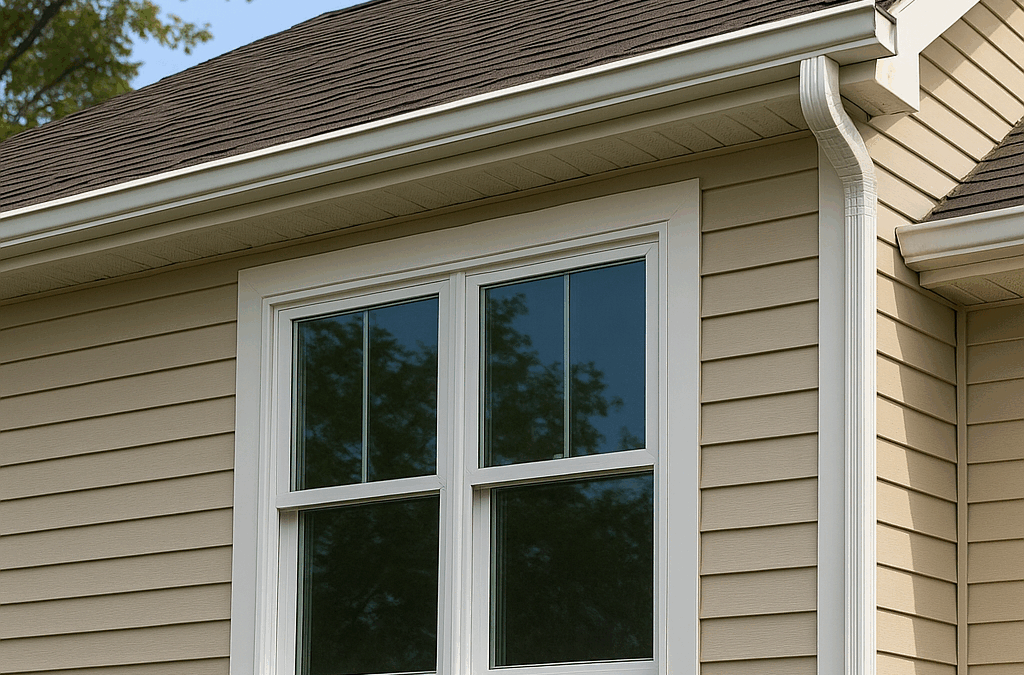Windows Aren’t Just Cosmetic — They Shape Comfort and Your Utility Bill
Windows Aren’t Just Cosmetic — They Shape Comfort and Your Utility Bill
Most homeowners think window replacements are about looks. New trim. Nicer glass. Cleaner lines. The truth is simpler and more important: windows are a major driver of comfort and monthly energy costs.
“Replacing windows is just for looks.”
If the frames aren’t rotted and the glass isn’t cracked, many folks assume they’re fine. Drafts get blamed on “an old house,” and higher bills get chalked up to the weather.
“Windows are one of the biggest factors in comfort and utility savings.”
Well-sealed, energy-efficient windows reduce heat loss in winter and heat gain in summer, which means your HVAC doesn’t have to work as hard. That translates to steadier indoor temps and lower monthly bills.
A Real-World Look at What Happens with Drafty Windows
Think about winter in Indiana. The furnace is running, the thermostat is set, but you still feel a chill near the couch or bedroom window. That’s not just an inconvenience — it’s energy escaping through small leaks, forcing your system to run longer and harder.
According to the U.S. Department of Energy, heat gain and heat loss through windows are responsible for 25–30% of residential heating and cooling energy use. That means nearly a third of your energy bill could be tied directly to the condition of your windows.
Now imagine replacing those old, single-pane units with modern, double-pane windows filled with insulating gas and coated with Low-E glass. Instead of radiating heat in or out, they act as a barrier. Drafts disappear, rooms feel more balanced, and your HVAC system finally gets a break.
The result isn’t just lower monthly bills — it’s a home that feels consistently comfortable in every season.
Why this matters
You’ve probably noticed drafts or higher bills but ignored them. Window leaks and poor insulation are slow, steady costs. Small gaps add up, and older glass can radiate heat like a space heater in reverse.
What we check during a window consult
-
Frame condition and evidence of air leakage
-
Seal failures between panes (fogging, moisture)
-
Proper shimming, foam, and caulk around the rough opening
-
Low-E coatings and gas fill options that match Midwest seasons
-
Trim and flashing to keep water out of wall cavities
Common signs it’s time to replace
-
Drafts you can feel with a hand test
-
Condensation or fogging between panes
-
Peeling paint or soft wood around frames
-
Rooms that swing from chilly to hot with the weather
-
HVAC short cycling or running constantly
Energy-efficient windows pay for themselves. The gain isn’t just in lower bills. It shows up in comfort, quieter rooms, and better protection for your home’s structure and finishes.
Ready to see what your numbers look like after a window upgrade? Get a full window system inspection and estimate.
Call Wabash Valley Exteriors at (765) 838-0882.


